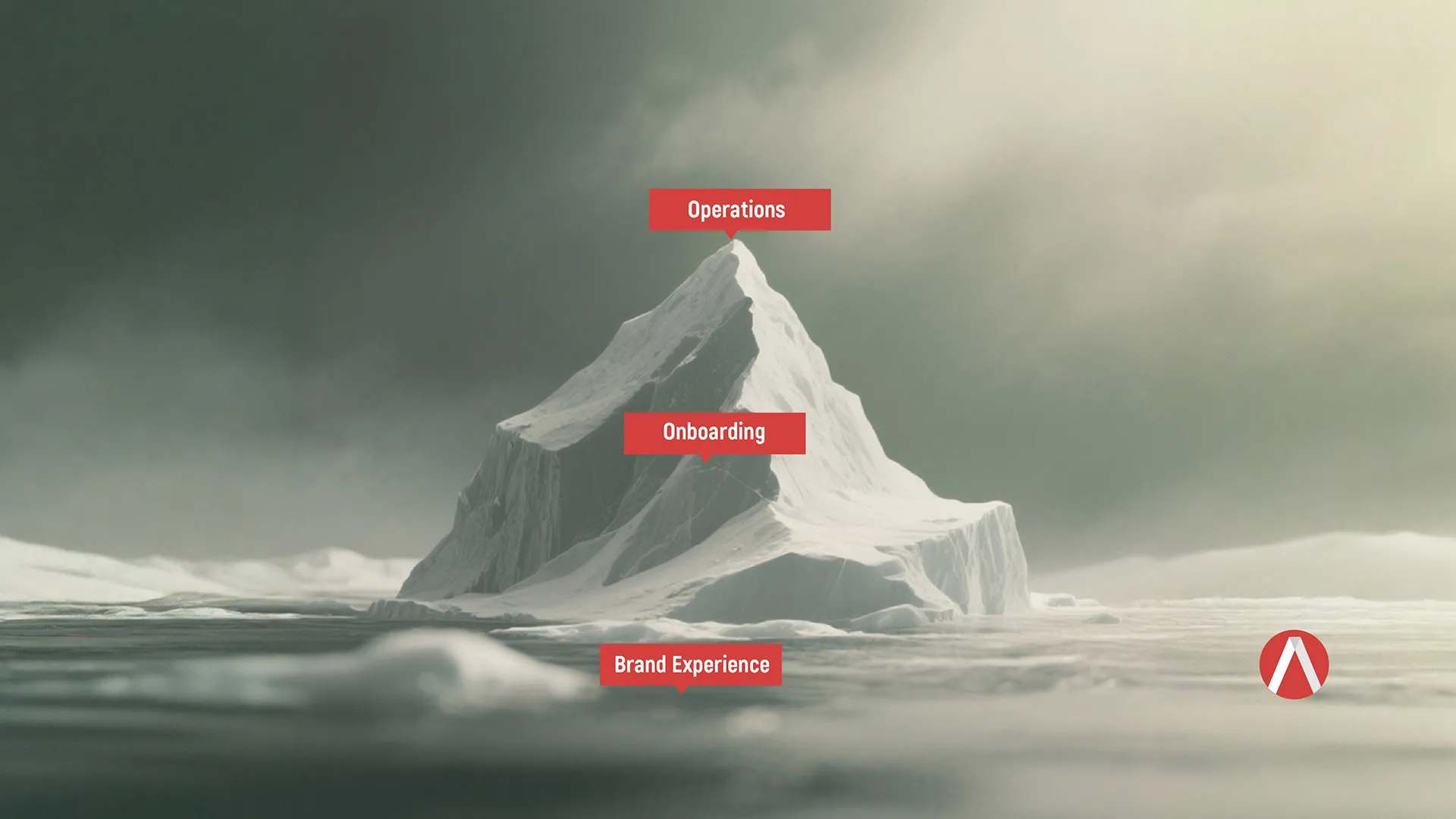In today’s marketing world, businesses are faced with several ways of putting their brand’s message out there: from print advertising to online advertising to email marketing and social media sites. As a business, you know the importance of utilizing all of those mediums, but doing so effectively can be tricky. In order to make the most out of your marketing efforts, it is important to learn how integrated marketing campaigns are developed.
There are a few key aspects to creating a successful campaign. Before addressing them, let’s take a look at a few notable examples of brands who did it right:
Coca-Cola: Coke has done a terrific job of marketing, and this isn’t just because they have millions of dollars to funnel into their campaigns (Advertising Age magazine named them the “Marketer of the Year”). “It’s a marketing model not just for mega multinationals looking to share best practices from around the world but also a case study for how upstart and mid-size brands, of which Coca-Cola has amassed many, can use creative stunts and strategic partnerships to get a lot done on a smaller budget,” wrote Ad Age.
One way that Coke manages to receive such an impressive reception to its campaigns is by how they run their social channels. Their Facebook page, for example, is not curated by the company; instead, the flow of it is mainly run by fans. “People are savvy enough to know when a Facebook page is contrived and manufactured,” says Michael Jedrzejewski, an actor who started the Facebook fan page for Coke (instead of rightfully taking the page from the actor, Coke hired him).
And as far as actual campaigns go? Coke is King. Their “Share A Coke” campaign, that put popular names on bottles, ignited a huge positive response. Who wouldn’t take a picture to share of a bottle with their name on it? Like this campaign, Coke consistently does an impressive job of appealing to human emotions, and they do this using a variety of marketing channels.
Doritos: Contests are a great way to spark a dialogue around your brand, and Doritos did just that with their “Crash The Superbowl Contest.” This contest allowed fans to create their own commercials to be used by Doritos during the Super Bowl, and, as you can guess, the company received thousands of entries and plenty of press. It encouraged people to interact with their brand on Facebook, Twitter, and Youtube. It made people pay closer attention to their television commercials. Most importantly, it brought Doritos to the forefront of their audience’s mind.
Nike: Nike’s “Find Your Greatness” campaign encouraged people to share things they’d never done before because they thought they couldn’t do it. This is an example of creating an emotional connection to fans. This wasn’t a hard sell, merely a campaign that exemplified its “Just Do It” slogan. They were able to share this message in different ways, using different marketing channels that played of each other’s strengths.
Each of these brands used integrated marketing to deliver their message, combining every form of marketing and advertising to communicate the point. To follow in the footsteps of these businesses, it’s important to examine the steps they took to get there. Here a few tips:
- Know your target audience: In an age where you’re paying per click, per impression, and per purchase, knowing your target audience is more important than ever. You’ll need to understand that audience’s demographics, as well as their psychographics (interests, attitudes, and behaviors). Doing so will not only enable you to hone in on the people you want to see your message (saving you money and increasing your chances of reception), but you’ll be able to properly decide on which communication channels to reach them through. For example, if your startup has created the modern version of the Life Alert, you wouldn’t put too much time and money into reach seniors through Twitter ads.
- Develop a consistent identity: To ensure that your campaign is effectively integrated, you want to maintain consistency across all of your brand messaging. This means using the same voice and tone across the board. This consistency doesn’t just apply to language though. Your visual brand identity is important, too. This means your graphics, color schemes, and fonts should all reflect the same general image.
- Be genuine: No one likes a product or service shoved down their throat, and people can usually tell when you’re just trying to make a sale. Instead, create messages that resonate with your audience. Tell your brand’s story or encourage your audience to share theirs. Show them why you were inspired in the first place, and ignite a similar passion in them.
- Understand your main goal: This is the most important factor of them all. You can’t have an integrated marketing campaign without clearly identifying where you actually want your audience to go. Is your goal to get subscribers for your newsletter? Is it to get people to buy your new product bundle? Recommend a friend? Determine what the end goal of your marketing campaign is, and point all avenues of marketing and advertising in that direction.
- Keep the team together: Your marketing team, however small or big, should be in sync with one another and cooperate toward your campaign goals. There needs to be constant communication between your teams, whether virtually or physically. Consistency is important, and with so many hands on a big projects, certain aspects have the potential to get messy. Everyone should be on the same page. If you’re outsourcing your marketing and have different agencies working on different aspects, there should at least be one in-house person monitoring and facilitating communication across these channels.
- Track your campaign: This is an important step that you can’t afford to miss out on. Without tracking your campaign, it is impossible to really understand where you excelled and what areas, if any, you did not perform well in. Take this data and use it to better understand your audience and what methods worked, and ultimately, to drive more revenue to your business.
- Timing is everything: Pick the perfect time to launch your campaign. If your company sells high-end wigs, for example, consider creating a campaign that capitalizes on the Halloween season. Think about holidays that would work with your brand, as well as events (Olympics, the Super Bowl, the election) that could positively affect your marketing efforts.
Getting your integrated marketing campaign up and running can seem like a daunting task. Need help? Feel free to contact us to help you deliver the message.





